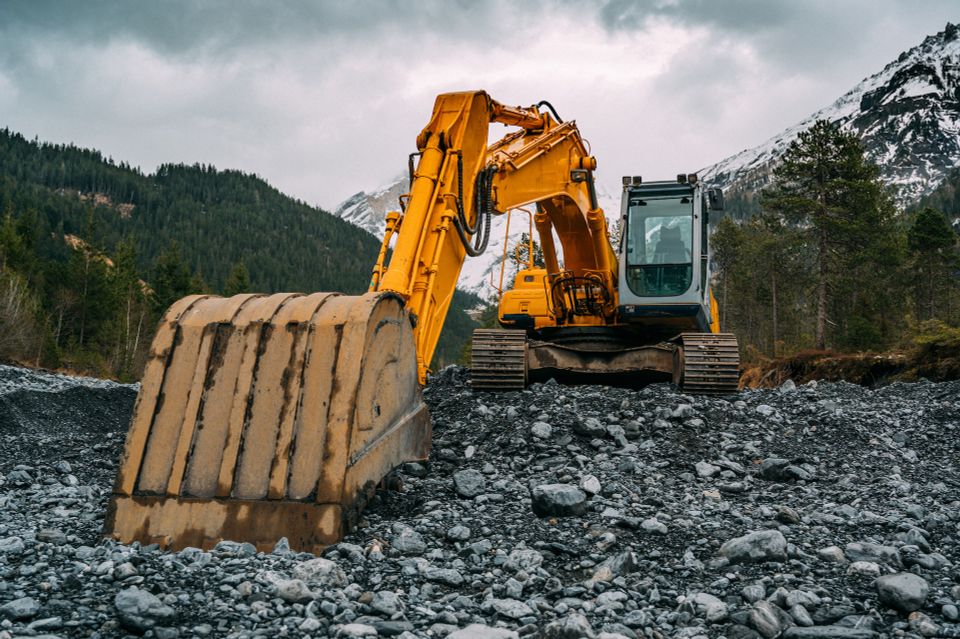Asphalt pulverization has emerged as a game-changing technique in the realm of road rehabilitation, offering construction professionals a more efficient, cost-effective, and environmentally friendly alternative to traditional road repair methods. By recycling existing asphalt materials and minimizing the need for extensive road reconstruction, asphalt pulverization is rapidly becoming a sought-after solution for rehabilitating worn-out and damaged roadways.
Asphalt pulverization involves the grinding and milling of existing pavement layers, transforming the old materials into a homogenous blend that can be reused as a stable base for new asphalt applications. This highly efficient process boasts numerous advantages over traditional road rehabilitation techniques, such as reduced costs, faster project completion, and decreased environmental impact. It thus ensures quality road resurfacing results with minimized resource consumption and waste production.
As the construction industry continues to evolve and prioritize innovative, sustainable solutions, asphalt pulverization stands as a prime example of a technique that can significantly enhance the efficiency and effectiveness of road rehabilitation projects. Professionals seeking to employ this approach can turn to Terra-Firma Stabilization & Reclamation, a leading provider of asphalt pulverization services, to reap the full benefits of this increasingly popular road repair strategy.
In this blog article, we will delve into the fundamentals of asphalt pulverization, its key advantages, and how it compares to traditional road rehabilitation methods. We will also explore the environmental benefits of this technique, and showcase Terra-Firma Stabilization & Reclamation's expertise in delivering superior asphalt pulverization solutions. Lastly, we will present real-life case studies demonstrating the successful application of asphalt pulverization in various road rehabilitation projects.
An Overview of Asphalt Pulverization: The Basics and Key AdvantagesAsphalt pulverization is a process that involves using specialized milling equipment to grind and crush existing asphalt pavement layers into a fine, uniform material. This recycled material is then combined with new binder and other additives to form a stable, homogeneous foundation for new asphalt pavement applications. The technique is highly regarded for its numerous advantages, which include:
1. Cost Savings: By reusing the salvaged asphalt in the construction process, asphalt pulverization offers substantial cost savings compared to traditional road rehabilitation techniques that require the procurement of new materials.
2. Time Efficiency: Asphalt pulverization eliminates the need for extensive excavation and removal of damaged pavement sections, thus providing the opportunity for faster project completion.
3. Enhanced Structural Performance: The recycled asphalt material offers improved load-bearing capacity and structural resilience, ensuring a longer-lasting pavement that requires less frequent maintenance.
4. Environmental Benefits: Reusing existing materials minimizes waste production and reduces the carbon footprint associated with transportation and material production.
How Asphalt Pulverization Works: Mechanisms and ProcessesThe process of asphalt pulverization starts with the inspection and evaluation of the existing pavement's condition. Based on these findings, construction professionals can determine the appropriate depth for pulverization and any necessary additives for the new pavement layer. The pulverization process typically consists of the following steps:
1. Milling: A milling machine fitted with a specialized cutting drum pulverizes the asphalt surface and removes the damaged pavement layers. The removed material is then hauled to a recycling facility or stored on-site.
2. Mixing: The pulverized asphalt is mixed with desired additives, such as binder, aggregate, or stabilization agents, to achieve the required mixture characteristics.
3. Grading and Compacting: Upon reaching the desired composition, the recycled asphalt mixture is graded and compacted to attain the correct elevation, slope, and density.
4. Paving: Finally, a new layer of asphalt is laid over the compacted, recycled base to provide a smooth, durable surface for traffic.
Asphalt Pulverization vs. Traditional Road Rehabilitation Techniques: A Cost and Time AnalysisAsphalt pulverization offers significant advantages in terms of cost and time efficiency compared to traditional road rehabilitation methods, such as complete pavement removal and replacement or mill-and-overlay techniques.
Complete pavement removal requires substantial labor, machinery, and disposal costs, and often necessitates the acquisition and importation of new materials, adding further expenses and delays. On the other hand, mill-and-overlay techniques also incur similar expenses, as only the top layer of asphalt is replaced, and the full structural potential of the recycled asphalt material is not realized.
By contrast, asphalt pulverization dramatically reduces the need for material transportation, new material production, and waste disposal, which results in cost reductions on all fronts. Moreover, the streamlined nature of the pulverization process allows for a considerably faster project completion timeline compared to traditional road rehabilitation techniques.
Environmental Benefits of Asphalt Pulverization: Sustainability Meets PerformanceThe construction industry is continuously seeking methods to minimize negative environmental impacts while prioritizing efficiency and performance. Asphalt pulverization fits this bill perfectly, as it offers several key environmental benefits:
1. Material Conservation: The recycling and reuse of existing asphalt materials significantly reduce the need for extracting and processing raw materials, conserving natural resources, and promotional responsible development.
2. Waste Reduction: By incorporating recycled asphalt into the new pavement layer, waste production is minimized, sparing landfills from excessive disposal.
3. Reduced Emissions: By circumventing new material production and decreasing transportation requirements, asphalt pulverization also contributes to an overall reduction in greenhouse gas emissions associated with the construction process.
Terra-Firma Stabilization & Reclamation's Expertise in Asphalt Pulverization SolutionsAt Terra-Firma Stabilization & Reclamation, we provide industry-leading asphalt pulverization services aimed at maximizing the efficiency and sustainability of road rehabilitation projects. Our highly skilled team is well-versed in the application of best practices and advanced techniques for asphalt pulverization, allowing us to deliver tailored, high-quality solutions for a diverse range of project scenarios. Additionally, our commitment to environmentally sound practices ensures that we place sustainability at the forefront of every project we undertake.
Asphalt pulverizing represents a remarkable opportunity for achieving cost-effective, time-efficient, and environmentally friendly solutions in road rehabilitation projects. By choosing experienced providers like Terra-Firma Stabilization & Reclamation, professionals in the construction industry can reap the full benefits of this innovative technique, ensuring successful outcomes for both the project and the environment. Contact us today to explore how our asphalt pulverization services can revolutionize your road rehabilitation projects, and pave the way for a greener future.

